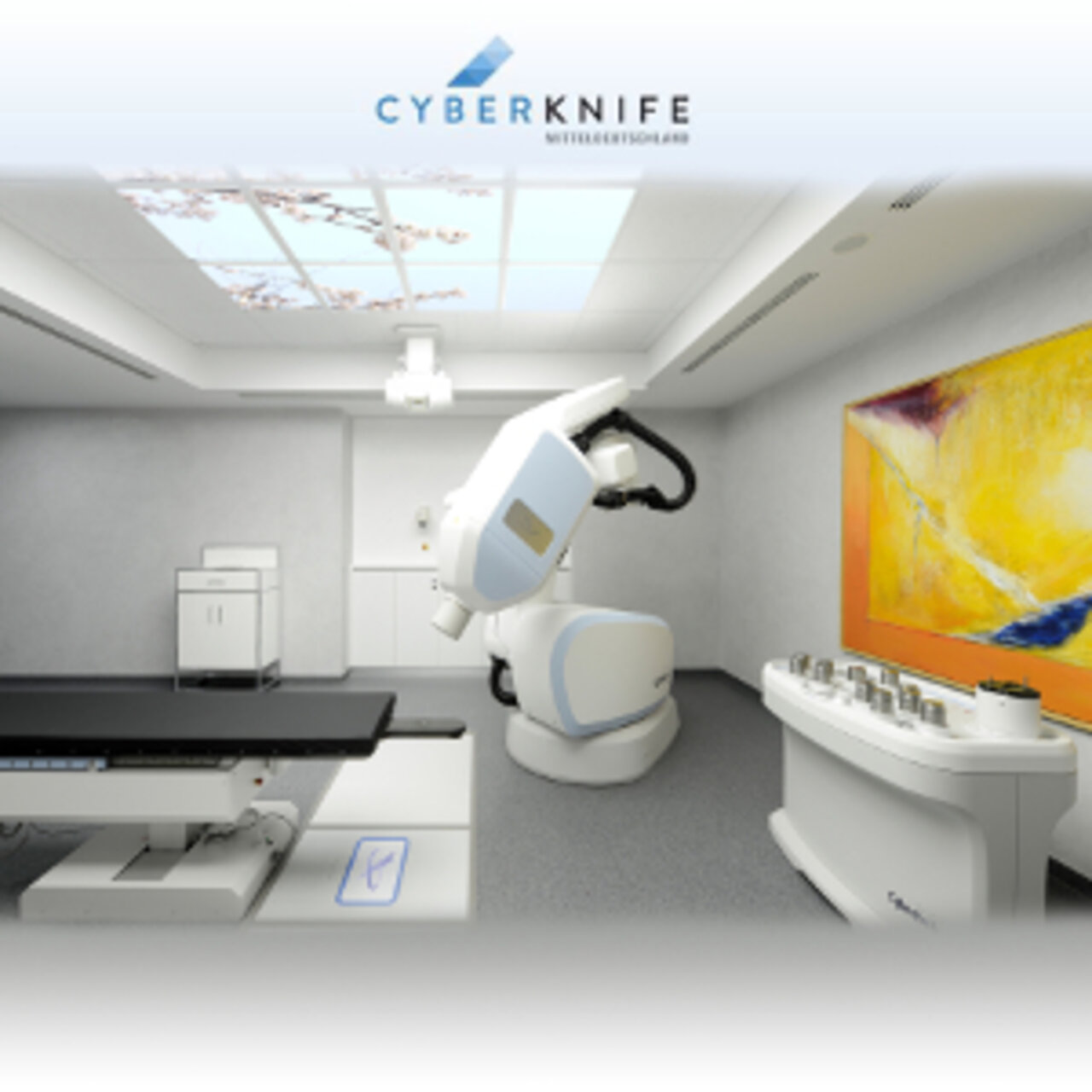Specialists in Uveal Melanoma
5 Specialists found
Information About the Field of Uveal Melanoma
What Is Uveal Melanoma?
Uveal melanoma is a malignant tumor located in the eye and develops from the pigmented choroid cells. The uveal melanoma is rare, but it is the most common malignant tumor originating from the eye. The tumor can grow through the layers of the eye and also invade neighboring tissues. It can also form metastases in other organs. Uveal melanoma occurs more frequently among the white population and mostly affects people between the ages of 50 and 70.
Causes and Symptoms
Unfortunately, the cause of its formation is still unclear today. However, a few risk factors could be identified. These include a birthmark in the choroid, also called choroid nevus, and the congenital disease called neurofibromatosis.
The symptoms of uveal melanoma only become apparent in the late course of the disease. When the tumor grows into the optical axis, loss of vision in the affected eye can be noticed. If the tumor causes a detachment of the retina, it can lead to restrictions in the visual field.
How Is Uveal Melanoma Diagnosed?
An ophthalmologist makes the diagnosis through an examination with an indirect ophthalmoscope. With this device, the ophthalmologist can examine the fundus of the eye and see an existing tumor. Besides, this examination can provide information about the location of the tumor in the eye and its extent. Another essential tool for diagnosis is an ultrasound examination. For this purpose, a special ultrasound probe is placed on the eye. Using sound reflection, the tumor, and the depth of penetration into the surrounding tissue can be visualized.
Another practical examination is optical coherence tomography. In this procedure, the retina and choroid are scanned with a laser. The images acquired can provide further information about uveal melanoma. Diagnostics also include an examination of other organs to detect possible distant metastases. Ultrasound, X-ray, and computer tomography examinations are used for this purpose.
Uveal Melanoma Therapy
There are several options for treating uveal melanoma. The treatment depends on the size and exact location of the tumor. The goal is the destruction or removal of the tumor and, if possible, preservation of vision. In principle, surgery, local radiation therapy, radiation with protons, and radiosurgery can be carried out.
Eye Surgery for Uveal Melanoma
Large tumors with a small tumor base are well suited for surgical removal. A few days before such a surgery, the tumor is killed by radiation, which prevents tumor cells from being transported to other places during the surgery and metastases from forming there. Afterward, the dead tumor tissue is removed so that only a small inflammation develops, and the chance of maintaining vision is increased.
Uveal Melanoma Irradiation
Nowadays, the most common treatment for uveal melanoma is radiotherapy. The following forms of radiation can be considered:
- One form is brachytherapy, where small radiation carriers are sutured onto the affected eye. With this method, tumors with a height of up to 6 mm can be treated. After the correct radiation dose has been reached, the radiation carriers can be removed surgically.
- Another form is proton therapy, which can only be carried out in places where protons can be generated by a device called a cyclotron. This method's advantage is that protons can be directed more precisely at the tumor and emit their cell-damaging radiation with pinpoint accuracy. The surrounding tissue is thus spared.
- The third radiotherapy method is radiosurgery, where a very high radiation dose is explicitly directed at the tumor during a single session. Gamma rays are used for the irradiation.
Chances of Healing and Prognosis
In most cases, the tumor can be irreversibly damaged or even removed by the therapy. However, the destruction or removal is not successful in all cases, which means that the tumor can return after treatment. It is necessary to arrange regular follow-up appointments after therapy for at least 10 years, during which the affected eye is checked for tumor residue or recurrence.
The prognosis depends on various factors such as tumor size, tumor stage, cell type, and whether the papilla is infiltrated. The good news is that distant metastases are present in only about 1% of patients at initial diagnosis. Treatment of the tumor in the eye does not affect the formation of metastases. Unfortunately, in 30% of the cases, such metastases spread to other organs, such as the liver, lungs, and bones. If these metastases can be removed entirely, the prognosis is good. About 75% of patients diagnosed with uveal melanoma are still alive five years after diagnosis.
Which Doctors Are Specialists in Diagnosis and Treatment of Uveal Melanoma?
Usually, uveal melanoma is coincidentally discovered during a routine examination by an ophthalmologist, or patients experience symptoms and consult their ophthalmologist. After the ophthalmologist has made the diagnosis, it is recommended that you visit an eye clinic. There, doctors from the ophthalmology, pathology, neurosurgery, and radiotherapy fields can draw up and implement an individual therapy plan for the patient. After the therapy, the follow-up appointments can take place at the eye clinic or with the resident ophthalmologist.
We help you to find an expert for your disease. All listed doctors and clinics have been checked by us for their outstanding specialization in the field of uveal melanoma and are awaiting your inquiry or treatment request.
Sources:
- Grehn: Augenheilkunde. 29. Auflage Springer 2005, ISBN: 3-540-25699-7.
- Lang et al.: Augenheilkunde. 4. Auflage Thieme 2008, ISBN: 978-3-131-02834-1.




